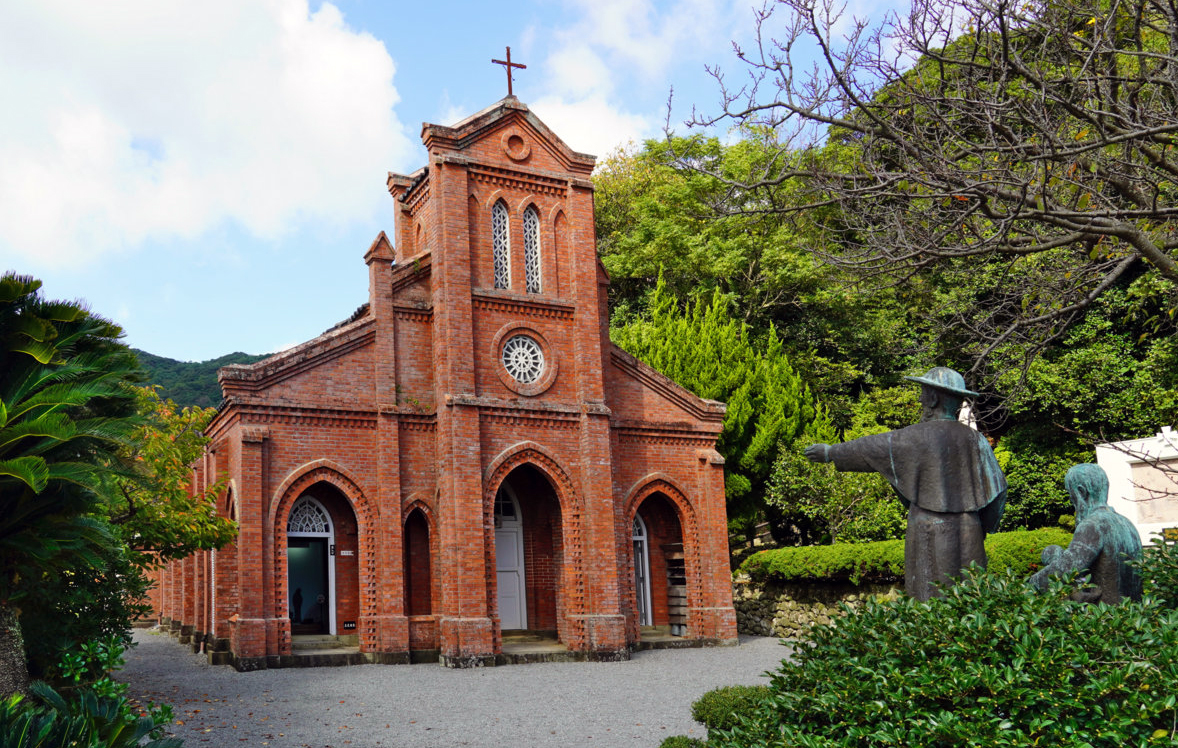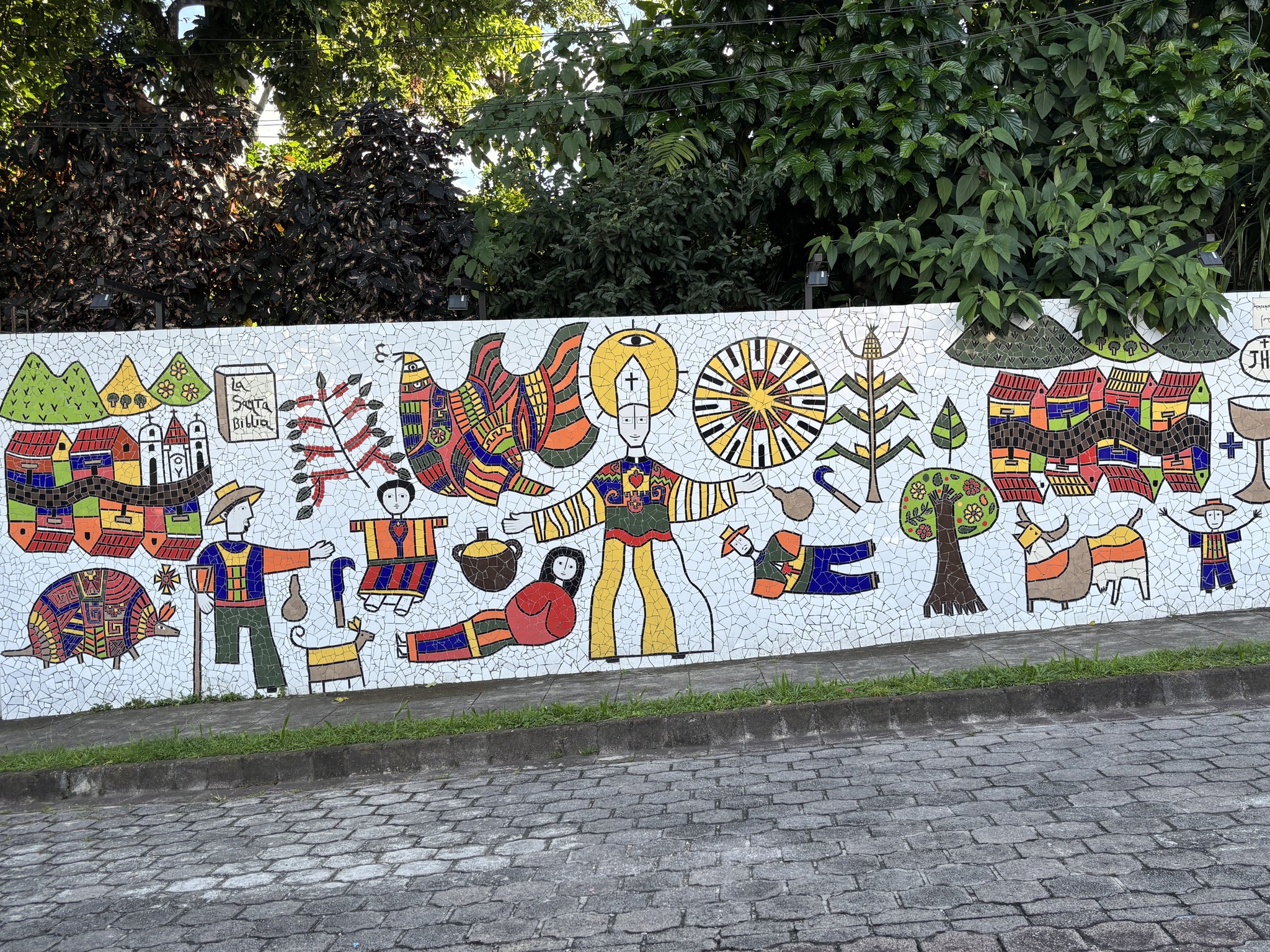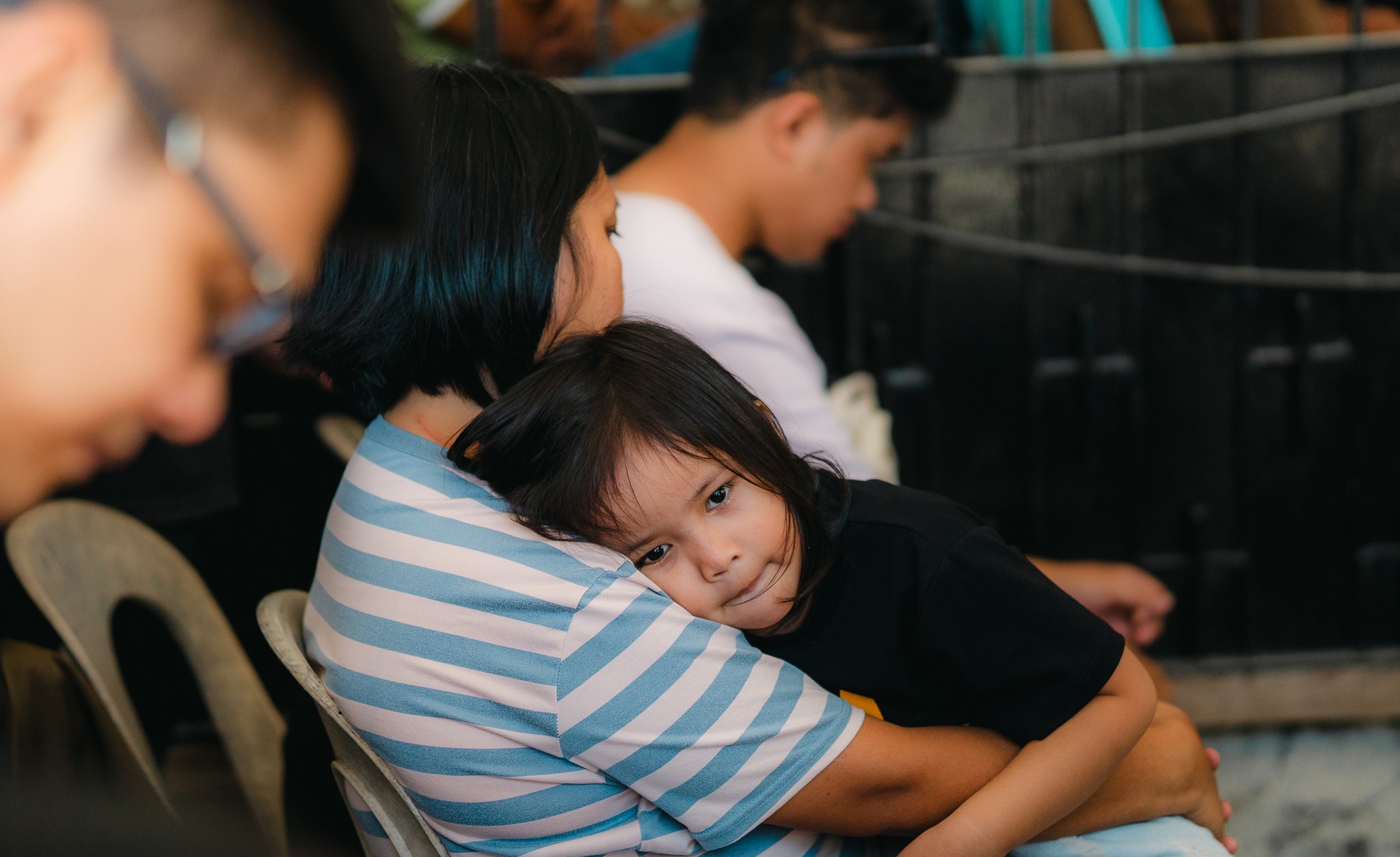Joaquim Magalhães de Castro
“The Way of the Gospel” is the name of the new pilgrimage route to be established in southern Japan, precisely in the places where the first missionaries worked and where the extraordinary experience of the “hidden Christians” developed. This “spiritual path” project – like many others around the world, beginning with the well-known Camino de Santiago in Spain or Fátima in Portugal – was conceived as part of the cultural activities of the “Thesaurum Fidei” initiative in the Archdiocese of Lucca. It is being carried out in collaboration with the Perugian confraternity of Santiago de Compostela and the Japanese prefectures of Kagoshima, Kumamoto and Nagasaki, with the relevant municipalities, and in close communication with the Japanese dioceses of Kagoshima, Nagasaki and Fukuoka. The idea emerged during a trip to Japan by a delegation from the Diocese of Lucca in September 2025 and was well received by local civil authorities, particularly those of Kumamoto and Nagasaki, by the mayor of Amakusa, and by various Japanese public and private institutions.
During these meetings, the general route of the pilgrimage was established: a Christian pilgrimage route between Kagoshima and Nagasaki that passes through the sites of pioneering Christian missionaries such as Francis Xavier, Luís de Almeida, and Alessandro Valignano, with the aim of rediscovering and valuing the spirituality and the cultural and scenic beauty of an invaluable heritage for the history of the Church.
This heritage has already received international recognition: in 2018, UNESCO approved the inclusion of “hidden Christian sites” in the prefectures of Nagasaki and Kumamoto on the World Heritage List. This important recognition has enabled the launch of numerous cultural initiatives both in Japan and abroad.
Pope Francis also had the opportunity to visit some of these places in Nagasaki during his trip to Japan in November 2019, and in November 2024, he received members of the Association for Research on Hidden Christians in Rome. Both meetings honored the witness of the deep faith and perseverance of the Japanese Christian community, which, after the persecution of Christian missionaries since the end of the 16th century, preserved an important spiritual treasure for almost three centuries.
One day after the diocesan trip to commemorate the 400th anniversary of the martyrdom of the Dominican missionary Angelo Orsucci, from Lucca (1622-2022), which highlighted the immense value of Christian history in the Kyushu region, the “Thesaurum Fidei” project was launched. Promoted by the Archdiocese of Lucca, the project aims to honor the cultural and spiritual heritage of Christianity through research, historical memory, and intercultural dialogue. The project included conferences, exhibitions, and publications that helped create more opportunities to develop ideas to honor the precious experience of those faithful who kept Christ in their hearts when Christianity was banned and all missionaries were expelled, and to share it with the worldwide Catholic community as a testimony of faith.
The ancient story was also retold in the special format of comics, thanks to the illustrations of manga artist Kan Takahama. Recently, he visited the 2025 edition of “Lucca Comics & Games” with a Japanese delegation, where he presented his work, which aims to tell today’s children the extraordinary story that took place in Japan from the 16th century onwards.
It was the year 1549 when Francis Xavier landed in Kagoshima. Although he was not the first European to set foot on Japanese soil, which had already been reached by Portuguese merchants, the Jesuit saint was the first to remain and proclaim Jesus and his Gospel to the inhabitants of that land. In Nagasaki, a thriving community developed during what became known as the “Christian Century,” producing numerous martyrs and confessors of the faith in the decades of persecution that followed. Also etched in the memory of the Church in Japan is the date of March 17, 1865, when the “hidden Christians,” after the long period of “national isolation” (‘sakoku’) (1641-1853), revealed themselves to Father Bernard Petitjean of the Paris Foreign Mission, chaplain to Western merchants. During those two hundred years, no one outside Japan knew whether, given the violent persecutions, there were still Christians in the Land of the Rising Sun. It is said that when Pope Pius IX received the news, he burst into tears, and that, with him, all of Europe was moved by the witness of the Japanese Catholics who had preserved their faith for generations without the spiritual support of a priest. After identifying themselves, these Christians were subjected to final, violent repression. Encountering such cultural and geographical diversity leads us to question what it means to be a ‘people,’ both in the singular and in the plural (there is not only ‘the people,’ but also ‘the peoples.’) The word seems to suggest that there is no other foundation for an authentic people, a people that is not exclusive but fraternal, than a common and original vocation from Our Father, the Lord. And that, in a certain way, peoples also have a special historical vocation for the benefit of all others, in the light of the Holy Spirit and in communion with the Church (ekklesia means ‘called out’).
In Japan, Catholics represent 0.3% of the population, while Christians represent 1%.


 Follow
Follow


